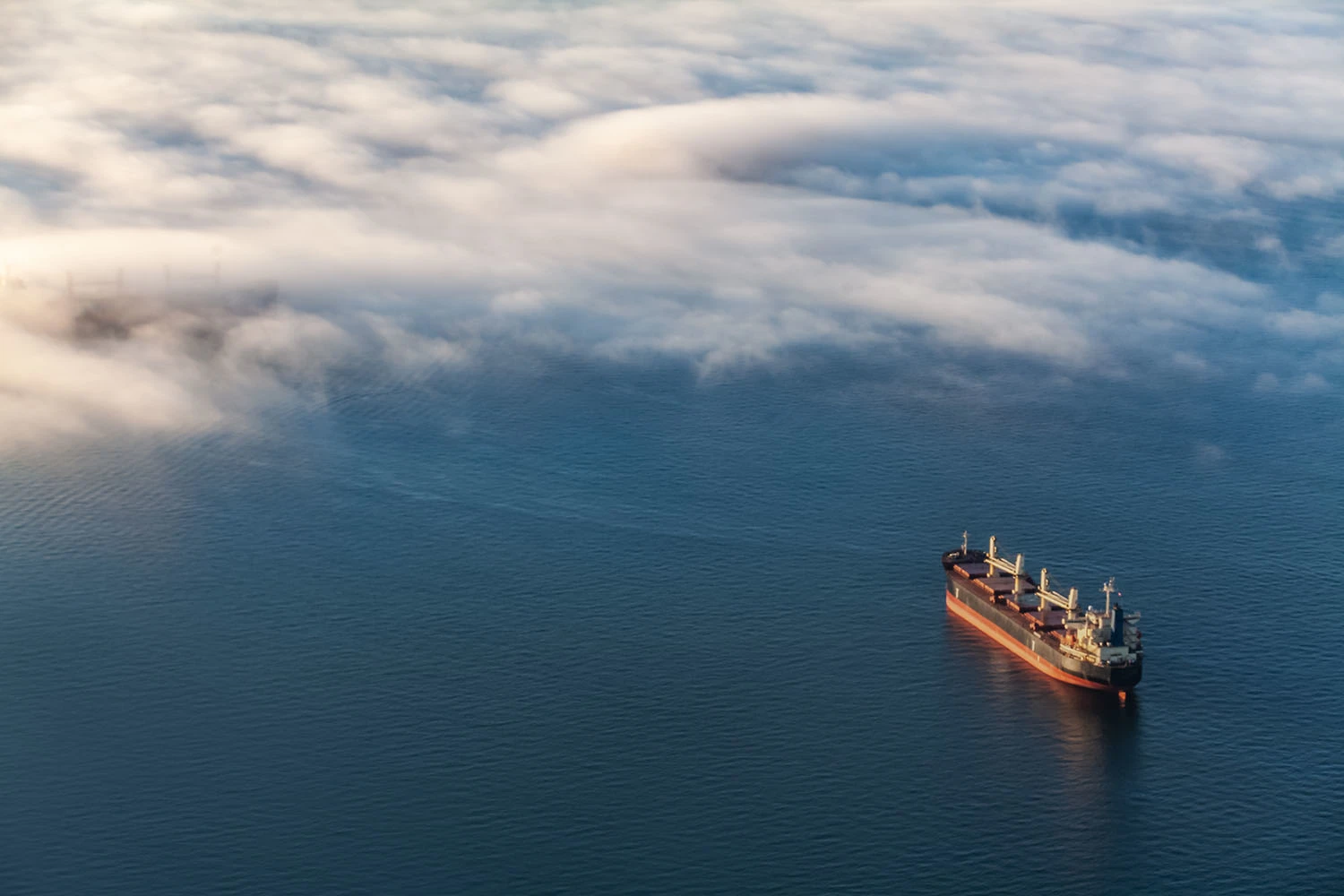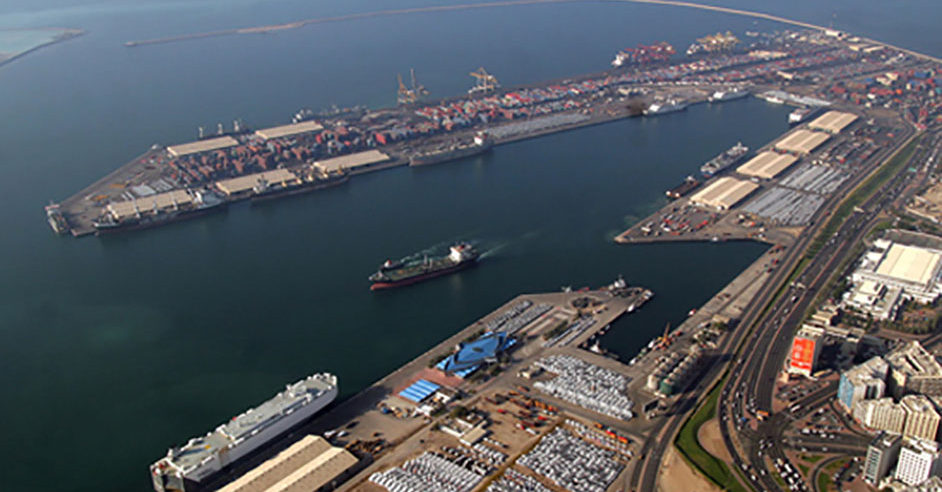Fresh regulation has given a limited boost to maritime decarbonization as shipping grapples with high renewable fuel prices, and as key stakeholders seek ways to share the financial burden.
In April, the International Maritime Organization voted for global greenhouse gas standards on marine energy in its pursuit of net-zero shipping toward 2050, hailed by some as the first regulatory piece to impose a cost on sector-wide emissions globally.
The IMO fuel standards, due to come into force from 2028 if adopted this October, comprise two sets of lifecycle GHG intensity thresholds that will be lowered every year until 2035 at least, with different penalties plus a carbon trading mechanism.
"The anticipated IMO Net Zero Framework once adopted will likely have more impact on the use of greener fuels given the incentive/penalty scheme," Constantin Baack, CEO at MPC Container Ships, told Platts, part of S&P Global Commodity Insights, on June 4 on the sidelines of a Marine Money conference during Nor-Shipping in Oslo.
There is quite a price gap to close. April's average bunker price for very low sulfur fuel oil was $493.62/mt in Singapore, the world's largest bunker port, compared with $1,886.55/mtVLSFOe for 100% sustainable methanol, according to the Platts global bunker cost calculator(opens in a new tab).
For now, there are discussions across the industry on how to mitigate these higher expenses. Charterers stand the most to lose from costlier fuels.
"We have found that sharing the premium across with the vessel owners and the customers has been successful; we think that will continue to be the way we approach it," Emma Roberts, VP, Maritime and Supply Excellence at metals and mining group BHP, said in a Capital Link panel during Nor-Shipping. "But with the IMO net-zero framework, that makes this more attractive to us, particularly on time charters where we pay for fuel. So suddenly, the cost analysis changes with that coming on board."
This has engendered some optimism for the future on the charterer side. "Being able to deliver these products in a low-carbon freight, it will be an advantage in the future," Rodrigo Bermelho, Director, Global Head of Shipping and Distribution at Brazil's Vale, said.
In any case, regulation is the driver: "This new industrial revolution is not driven necessarily by efficiency, but by purely regulation," Marie-Caroline Laurent, Group Senior Vice President, Head of Government Affairs & Maritime Policy at Mediterranean Shipping Company, said.
Ammonia and hydrogen seem to be the companies' choice, for now, to meet CO2 targets. The physical infrastructure could come from environmental, social and governance (ESG) investors providing the vast capital needed to meet demand from shipowners and engine manufacturers working with the industries to build scalable products, according to analysts at Commodity Insights.
Meeting resistance
However, these are signals for the future, and for now, many shipowners have complained that charterers have talked more about maritime decarbonization than they have paid for it.
The challenge is that owners get little support from across the value chain, chemical tanker operator Odfjell CEO Harald Fotland said.
While container lines have managed to pass on some of the incremental costs associated with the low-carbon transition to their customers, tanker and dry bulk operators are having a more difficult time in finding charterers willing to shoulder such green premiums.
Lars Barstad, Frontline CEO, said at the TradeWinds Shipowners Forum Norway 2025 that his company had yet to invest in any ships capable of burning alternative fuels with lower GHG intensity than conventional, oil-based fuels, as no clients are willing to pay more for transporting with lower emissions.
At the same event, DHT CEO Svein Moxnes Harfjeld said his company had studied using blue methanol and green ammonia as marine fuels but concluded future supplies will be "expensive" and "at the wrong places."
Large tankers will be "the last frontier" in shipping's energy transition, said Harfjeld, whose company has a fleet of 26 VLCCS.
Fuel efficiencies
For now, the focus is on reducing conventional fuel burn, which trims both bunker bills and emissions.
With IMO and EU fuel regulations tightening, charterers are keen to save on fuel consumption, and by extension carbon emissions. Engineering firm Manta Marine has seen growing sales of products that optimize fuel oil burn, thereby trimming consumption and emissions.
The company announced June 5 it had sold its 500th FuelOpt unit, a fuel optimization system. Containers are a significant potential market because they burn a lot of fuel and owing to the amount of cargo stored on deck, they cannot make use of wind-assisted technology as readily as, say, tankers, CFO Aleksander Havro Askeland told Platts June 4.
Source: Platts




